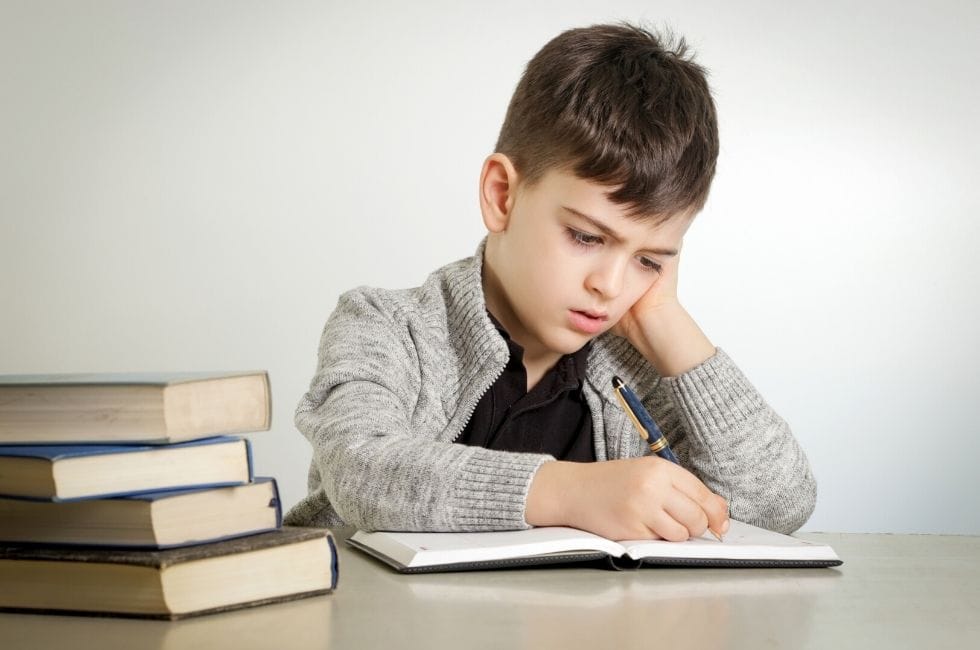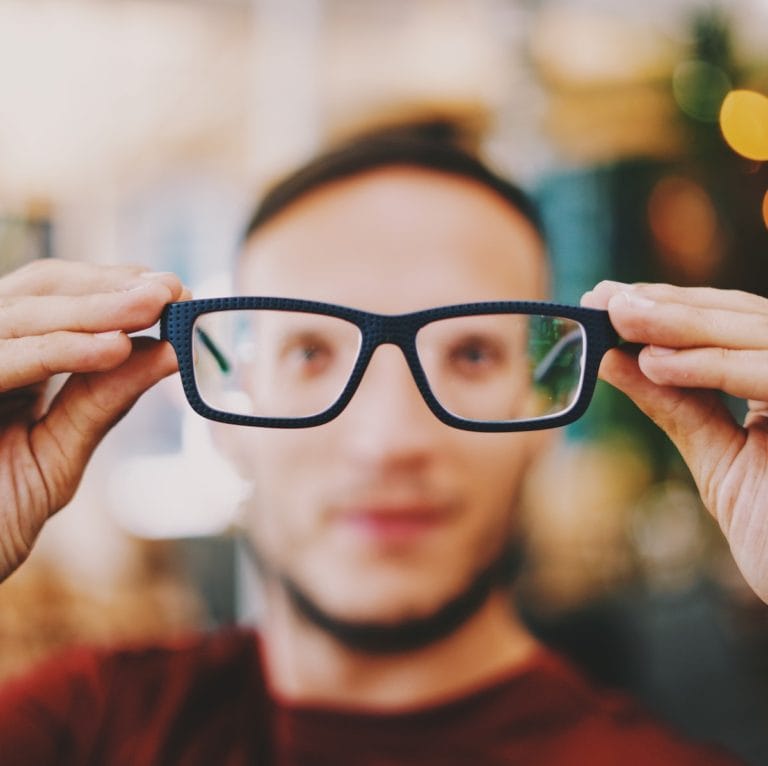Nothing functions properly if those operating it don’t know how to apply and use it. That applies to technology, equipment or appliances, which can easily be seen, but require active input in order to work. But it also applies to functional vision which is the ability to physically and mentally react to what’s seen, according to behavioural optometrist Gary Rodney, fellow of the International Academy of Orthokeratology and Myopia Control, and founder of Smart Vision Optometry in Australia.
Children Under Biggest Threat
He says that because 80% of people’s information is received via the eyes, this lack of functionality can affect how children learn to read, write, study, drive, or play sport, and sometimes even make it difficult for them to recognise people in a crowd. And it can lead to loss of self-esteem and failure to understand the space and world they’re in, and how to live in it.
School children are the most vulnerable to poor functional vision, and the worst hit by its effects. This is not surprising, Rodney says, because every day they are faced with learning new things, 80% of which call for good functional vision skills. But one out of four of them don’t have the necessary skills to do so.
He says the absence of these skills is often overlooked; ignored; seen as bad behaviour; poor performance; or attributed to learning disorders, yet many of these problems can be improved or corrected with vision therapy and training.
Glitches in the Visual System
Rodney says that for vision to function correctly, so must the entire visual system, which is made up of a number of organs, processes, nerves and pathways. The eyes act as receptors of data on what is seen; the brain receives this from each eye separately via pathways, and processes and combines both reports into one accurate, relevant, and understandable image. But this only happens when both sets of data are the same. If the two reports on the same object don’t match, the brain may ignore one of them distorting the image.
The Skills Needed for Functional Vision
To ensure the necessary match is made involves good coordination between the eyes that allows both eyes to focus on and follow a moving object like a ball on a sports field, track letters, numbers and words across a page, or scan a screen full of information, all in perfect sync and without the head being turned.
Both eyes should also be able to shift focus back and forth between objects in the distance and those close-up without losing clarity when assimilating or copying information that’s on a board or screen.
How to Know if a Child Has Functional Vision Problems
Children may get confused between their left and right sides when it comes to directions; twist or turn their heads from side to side instead of moving their eyes to follow text or numbers across a page; squint or close one eye when looking at a book or screen; hold books or objects very close to their face; lose their place when reading or copying work and use a finger to guide them; forget what they have just read; confuse letters like “d” and “b” and numbers like “6” and “9”; skip words; or battle with handwriting.
Physical and behavioural responses can include double or blurred vision; a short attention span; clumsiness; difficulty throwing or catching balls; poor motor skills and hand-eye coordination; as well as headaches in the forehead or temples or dizziness and nausea. The children may also be irritated, and easily tired.
For more information on functional vision therapy, or to book an appointment for a visual perception test online, visit the Smart Vision website: Optometrists Sydney: Optometry Services For Children and Adults | Smart Vision; for specific information about Myopia treatment and prevention visit Myopia Prevention: Solutions, Control And Treatment In Sydney; and for detailed information about Myopia Treatment visit Orthokeratology In Sydney: The Non Surgical Alternative.
Book an appointment for a thorough eye check-up or Call the Bondi clinic on (02) 9365 5047 or the Mosman clinic on (02) 9969 1600.







